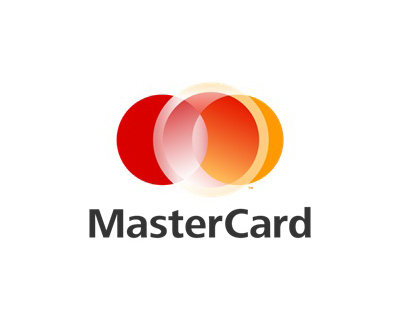What MasterCard Sees in Mobile

Chief Emerging Products Officer for MasterCard, Ed McLaughlin, and Market Platform Dynamics CEO Karen Webster sat down recently to discuss the “state of mobile commerce” and the forces that are driving both change and innovation as part of The PYMNTS.com Mobile Commerce Insider Series digital discussion. Among the topics covered in the series were: the general state of mobile commerce, the game changers opening up new opportunities, technology and security, and upcoming MasterCard initiatives.
For a long time, said McLaughlin, MasterCard has been involved in the mobile commerce “maybes,” pilot projects to determine the value proposition of mobile commerce for consumers. This year, however, he believes is a pivotal year as consumer behavior begins to transition globally. McLaughlin characterized the mobile consumer base as one divided into two parts: consumers who are already part of the financial system who are now incorporating mobile and other types of payment into their daily routines, and those who have previously been out of the reach of traditional financial services providers and for whom mobile is financially essential.
And the general sentiment toward mobile commerce among most consumers – regardless of which camp they are in – is a positive one.
McLaughlin also used the word “mobile” to embody the access device that consumers are using today to enable financial and payments services. But, McLaughlin went on to say, “I think one of the things I will put foremost, in our view, is that mobile is ‘a’ device, it’s not ‘the’ device,” said McLaughlin acknowledging that a whole new wave of device will emerge that will enable those interactions. “I really think the benefit consumers can get is more about the constant connectivity,” McLaughlin went on to say, regardless of the device that is making that connection possible.
The conversation also touched on mobile wallets, and this is where it got very interesting. McLaughlin contents that what consumers want isn’t necessarily a digital wallet but the ability for them to access and use “convenient shortcuts” – for example, the ability to tap and get right into the subway system or to use an app to do something to which payment is attached. What is driving the adoption of digital payments is really “putting these useful shortcuts in front of consumers,” said McLaughlin.
In the general ecosystem of mobile commerce, McLaughlin said that the key players driving the adoption are certainly the consumers – not necessarily because they are “pushing” the hardest for it, but because they are open to and ready for it.
“What we see in all the conversations in consumer research is a great enthusiasm,” said McLaughlin. “It’s not so much about the mobile device, but the potential to do things better.”
Understanding this consumer enthusiasm for mobile, MasterCard is currently working on providing “an operating system for digital commerce,” said McLaughlin, a platform on which others can build their great businesses.
This 15-minute segment covered the following key questions:
1. (jump to 2:08) How is the general state of mobile commerce characterized?
2. (jump to 6:02) What do consumers like the most about mobile commerce? What is driving the positive sentiment?
3. (jump to 12:56) Who is pushing the hardest to “mobilize” mobile commerce?
4. (jump to 16:34) How is the playing field different now in 2014 than it was in previous years? What have you seen as the major moves in and out of the ecosystem, and what conclusions do you draw from that?
Next Up: MOBILE COMMERCE GAME CHANGERS (Part Two)
